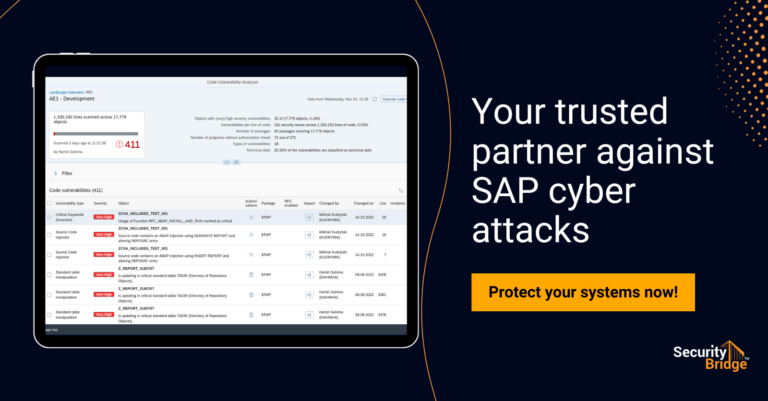
SecurityBridge Introduces Its Next-Generation Security Dashboard for SAP: New Dashboard Provides a Customized, At-A-Glance View of the Entire SAP Security Landscape
SecurityBridge Introduces Its Next Generation Security Dashboard for SAP
New Dashboard Provides a Customized At A Glance View of the
Entire SAP Security






